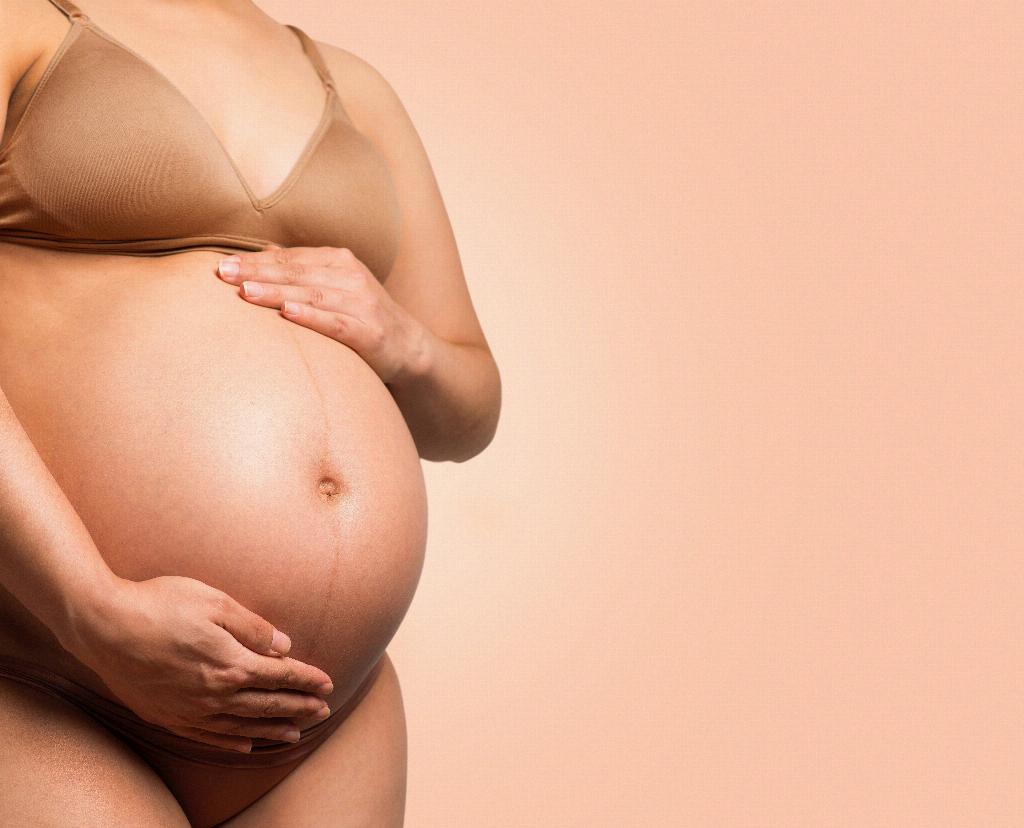During pregnancy, a woman’s body experiences a multitude of changes, both internally and externally. These changes can manifest in various ways, one of which includes the occurrence of pregnancy tumors in the gums. These tumors are noncancerous growths that develop on the gums, often appearing as small, red lumps that can bleed easily.
Hormonal Influence
The primary cause of pregnancy tumors in gums is the hormonal fluctuations that take place during pregnancy. Specifically, the increased levels of hormones such as estrogen and progesterone can trigger the growth of these benign tumors. These hormonal changes affect the body’s response to plaque, leading to an increased risk of inflammation and the development of pregnancy tumors.
Plaque Build-Up
Another contributing factor to the formation of pregnancy tumors is the presence of plaque on the teeth and along the gumline. When plaque is not effectively removed through proper oral hygiene practices, it can irritate the gums and contribute to their inflammation. This, combined with the hormonal changes, creates an environment conducive to the development of pregnancy tumors.
Increased Blood Flow
During pregnancy, there is a significant increase in blood flow throughout the body, including the gums. This increased blood flow can cause the gums to become more sensitive and prone to swelling. Pregnancy tumors may develop in response to this heightened blood flow and the associated changes in the gum tissues.
Immune System Response
The body’s immune system plays a crucial role in responding to any changes or threats during pregnancy. In the case of pregnancy tumors in gums, the immune system may react to the hormonal changes and plaque accumulation by triggering the growth of these benign growths as a protective mechanism.
Genetic Predisposition
Some individuals may have a genetic predisposition to developing pregnancy tumors in their gums. Certain genetic factors can influence how the body responds to hormonal changes and inflammation, making some women more susceptible to the development of these growths during pregnancy.
Stress and Poor Oral Hygiene
In addition to hormonal changes and genetic factors, stress and poor oral hygiene can also contribute to the formation of pregnancy tumors in gums. High levels of stress can weaken the immune system, making it less effective in controlling inflammation and growths in the oral cavity. Similarly, inadequate oral hygiene practices can lead to plaque build-up and gum irritation, further exacerbating the issue.
Preventing Pregnancy Tumors
While pregnancy tumors are typically harmless and tend to resolve on their own after childbirth, it is essential to take proactive measures to prevent their occurrence. Maintaining good oral hygiene habits, such as brushing twice a day, flossing regularly, and attending dental check-ups, can help minimize the risk of developing pregnancy tumors.
Treatment Options
If pregnancy tumors do develop, it is important to seek professional dental care for evaluation and treatment. Depending on the size and severity of the tumors, a dentist may recommend options such as gentle cleaning, removal of irritants, or surgical excision to address the issue effectively and ensure optimal oral health during pregnancy.
Conclusion
Ultimately, pregnancy tumors in gums are a common occurrence during pregnancy, often attributed to hormonal changes, plaque build-up, increased blood flow, immune system responses, genetic predisposition, stress, and poor oral hygiene. By understanding the factors that contribute to the development of these benign growths and taking proactive steps to maintain oral health, pregnant individuals can minimize the risk of experiencing pregnancy tumors and promote overall well-being for themselves and their baby.

